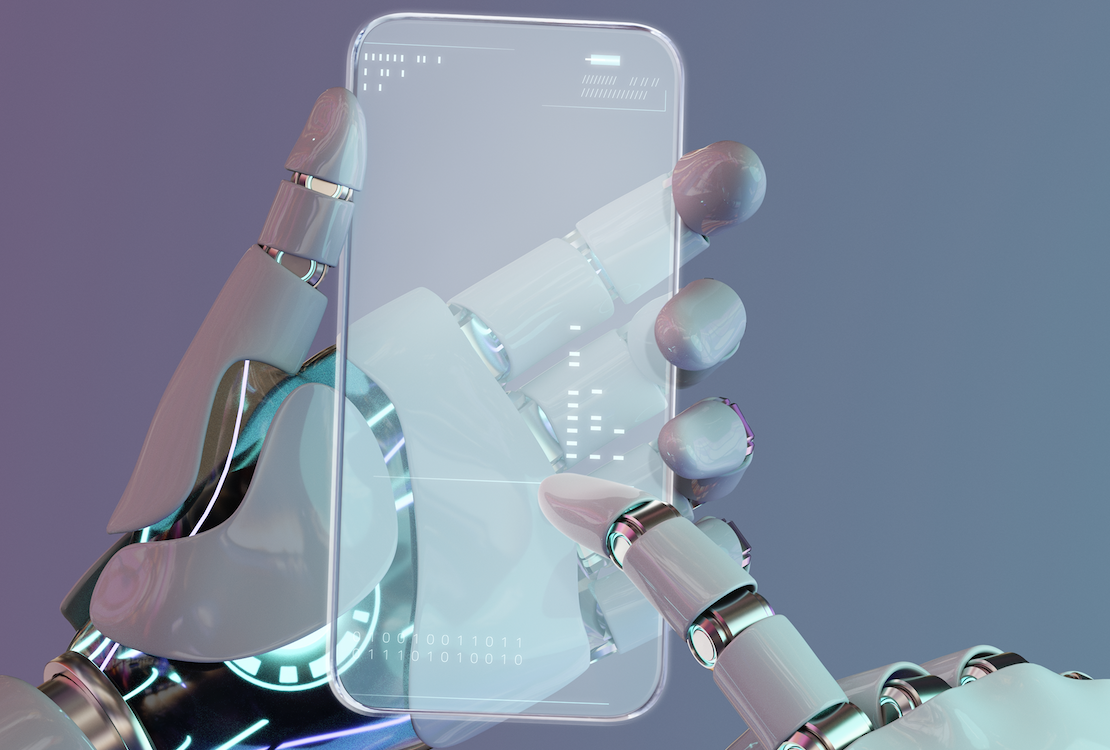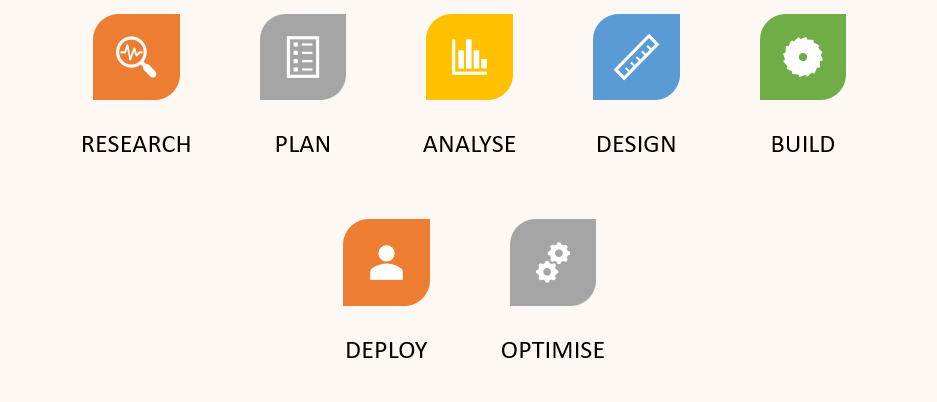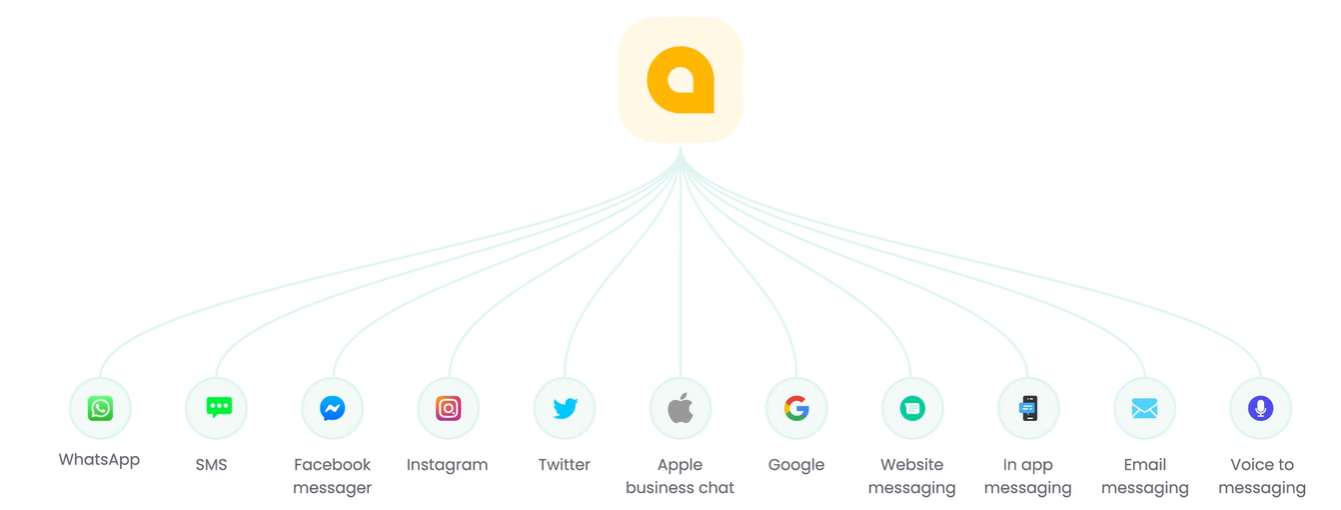What is the best tool for creating a chatbot?

To make the best choice you need to compare your implementation options. If you are a small business owner, you can start with something ready to use. If you have the technical resource, you can write the code. There are also conversational platforms for any size enterprise.
A chatbot is a computer program that mimics human conversation by following a set of rules to interact with your customers and provide them with the information they need. Chatbots can communicate with humans through text or speech, supporting customer service teams and streamlining business processes. A bot can be used as an educational tool. Many online universities are considering a virtual assistant for onboarding and self-evaluation.
Chatbots are still a new way to interact with customers, but adoption is very rapidly spreading with all sizes of businesses implementing them to answer Frequently Asked Questions (FAQs), guide customers to self-serve or even sell products. A well-constructed and well-optimised chatbot can offer a particularly good user experience.
The development process for chatbots is like that of websites or apps – firstly, you need to decide what you want the bot to do and then design and build it. This development, however, comes with the need for business and technical resources.
WHAT ARE MY OPTIONS?
To make the best choice you need to consider your available resources. If you are a small business owner with no technical resources, you will start with something ready to use.
There are a few options when it comes to implementing an AI (Artificial Intelligence) chatbot:
OFF-THE-SHELF CHATBOTS
Off-the-shelf chatbots are a straightforward way to get started and can be used “as is” with truly little customisation required. You can typically change the welcome message and some system messages, but there is no need to plan or build any logical paths for your bot to follow.
CUSTOMISABLE CHATBOTS
A customisable chatbot is one that has been designed with typical use in mind but can be modified to suit your needs. Most bot providers offer customisable templates for many different industries and use cases.
BESPOKE CHATBOTS
A bespoke chatbot is a custom-built bot, tailored to the specific needs of a brand. It is created by an external team of experts, who have both the understanding of the industry and the technical knowledge to design the best possible solution. They will code the chatbot using one of the many programming languages available and thoroughly test it with you before you deploy it on your site.
HOW DOES IT WORK?
AI INTENT DETECTION
A good example would be the LivePerson’s Conversation Builder application which provides templates for top industries and types of businesses. Platforms with AI capabilities tend to be very capable of text-based, pattern matching. Voice solutions use speech recognition tools to convert speech to text before predicting the best response.
PATTERN MATCHING
A lot of bot building platforms allow for integration into NLP (Natural Language Processing) tools. If the tool you choose does not have this capability it will rely on text-based matching. This works well for structured implementations and allows users to navigate information in a logical structured way, following the paths that are set out in front of them. In contrast, an NLP chatbot will allow users to ask follow-up questions while in the middle of a logical flow, enabling the bot to answer questions and return to the path the user was already on.
IMPLEMENTING A CHATBOT
A chatbot used in conversational interfaces provides a natural way of communicating with a company’s products, services, or information. These help to provide customers with access to company products and services 24/7 through your website, mobile app, and other channels.
The implementation process is the most crucial step in the creation of your chatbot, and it is not an easy task. All projects come with their own set of benefits and drawbacks, so it is important that you weigh them out before deciding what the best option is for you. A well-executed plan will help you to get the best out of your chatbot and make it more efficient for your company. It requires time and effort but without planning your project is more likely to fail.

RESEARCH
What is available to you? The first step is to understand what platforms and tools are available. Make sure that you do your homework. There are a lot of platforms available. You might discover some capability you did not know you wanted your bot to have or find that a simpler solution is available.
PLANNING
Why do you need a platform or solution? The second step, as outlined earlier, is to decide on what kind of chatbot you want. Consider all Implementation Stages during your planning. Once you know what problem you are trying to solve and which KPI’s you need to hit, you can begin researching what platforms are available.
ANALYSE
Which best suits your business needs? Third, narrow down your choices to those that will do what you want, are within your budget, and have engaged with you up to this point to confirm they can deliver. Ask for demos and success stories. At this point you should make your decision and begin designing a solution.
DESIGN
How do you want the journey to flow? You want a bot to take over some mundane repetitive processes. Your solution provider or implementation team should be able to decide which tasks to automate, either fully or partially. Your bot agent should use clear and concise language. The bot responses set the tone of the conversation and so a persona should be designed to support the conversational flow.
BUILD
Who can build or develop the solution? All that is left now is to do the thing. Build-out the journeys or ‘flows’. Create messages for your chatbot to send out to users based on their input or latest message. Create the required integrations for your chatbot. Typically live chat, email or phone integrations for escalation to a human agent are scoped as part of the initial build. One of these is always recommend as there should always be human support available. Although we strongly recommend having a human team supported by bots, this is not always the case, some teams prefer to build a standalone bot that serves a single purpose.
DEPLOY
When will it be released? Test, test, test, and test again. Then launch. Set up analytics so you can track the users, their entry points, their conversations, and the outcomes. Consider what data is available with your chosen platform or retrievable by your solutions team.
MAINTAIN AND OPTIMISE
Where lie the strengths and opportunities for improvement? Be sure to monitor the performance of your chatbot so you can make tweaks and optimisations for continuous improvement.
LEVERAGE YOUR CHATBOTS
There are choices to make when it comes to all the ways you can implement a chatbot for your business. And there are options for creating custom chatbots tailored to your needs. But it may be more beneficial for small businesses and enterprises to use bespoke chatbots created specifically for their industry.

FIRST RESPONSE
Chatbots are built on top of NLP (Natural Language Processing) technology to send responses that are AI interpretations of user intent. Chatbots are usually most suited as the first layer of your customer service process, triaging the customer before escalating to a human agent. Successful chatbots have a fine-tuned taxonomy (which does takes time to achieve) that enables a seamless transition between bots and humans. Chatbots should be able to escalate to their human colleagues – stand-alone automation, especially in the initial stages before you have fine-tuned your bot, can be responsible for a bad user experience and potentially a poor reputation for your customer service team.
NAVIGATIONAL GUIDES
Automated customer service creates a way for customers to get in contact but end up self-serving. It is important to make information easily accessible for leads and prospects. A chatbot’s used to direct users to information that is too detailed to display in a conversation window.
TAKE YOUR PROSPECTS ON A JOURNEY
If you have completed Customer Journey Mapping, you will already know the benefit of mapping out potential conversational flows. These days consumers expect 24/7, personal interactions with your brand. Bots can learn, but you need to make sure flow considers all potential users. Be creative and invest in tools and other resources to support you.
DEPLOY TO MULTIPLE CHANNELS
Chatbots should be able to escalate to its human colleagues. Standalone automation, especially in the initial stages, can create a bad reputation for your customer service team. You should deploy to all customer touchpoints, meaning your authenticating over the phone, online, in-app and in-store.
CONNECT TO OTHER TOOLS
Use chatbots with other tools to maximise potential. Knowledge base applications can host simple responses, Phone solutions can help migrate users to self-serve using messaging or chat solutions. Outbound marketing tools and customer sales tools can help to increase conversations and qualify leads.
Sign up for a free demo today
Streamline your customer support, sales and marketing through conversational AI and chatbots.
Get a Free Demo Today